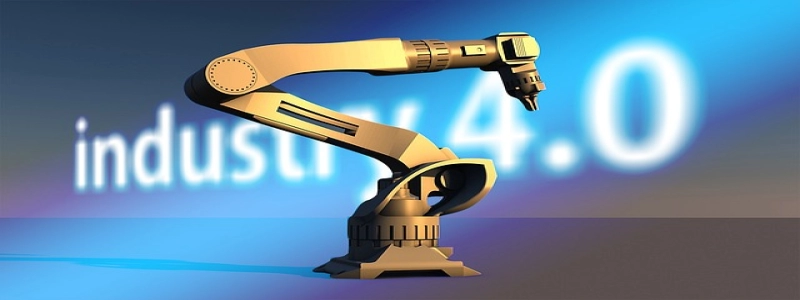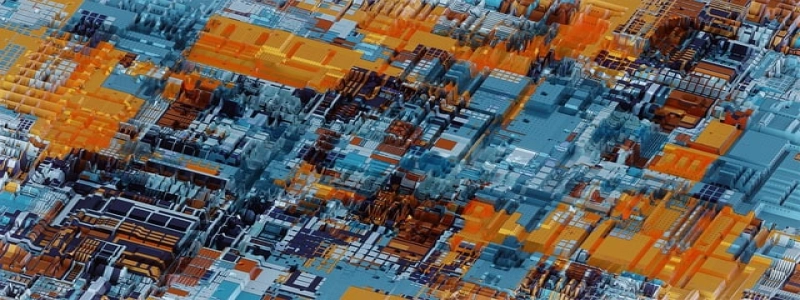6 Ethernet Patch Cable
Introduction:
An Ethernet patch cable, also known as a network cable or Ethernet cable, is used to connect electronic devices such as computers, routers, and switches to a local area network (LAN). This cable allows for the transmission of data and information between devices, enabling them to communicate and share resources.
1. What is an Ethernet patch cable?
An Ethernet patch cable is a type of cable that connects devices within a LAN. It is designed to transmit data using Ethernet technology, which is a common networking standard. These cables typically have RJ-45 connectors on both ends, which are used to plug into the Ethernet ports on devices.
2. Types of Ethernet patch cables:
There are several types of Ethernet patch cables available, including:
– Cat5e: This is a commonly used cable that supports speeds up to 1000 Mbps. It is suitable for most home and small office networks.
– Cat6: This cable is an upgraded version of Cat5e and supports faster speeds up to 10 Gbps. It is ideal for larger networks and environments that require high-speed data transmission.
– Cat6a: This cable is similar to Cat6 but provides better shielding against interference. It is often used in industrial or commercial settings where there may be electromagnetic interference.
– Cat7: This is the highest category of Ethernet patch cables and offers the fastest speeds up to 100 Gbps. It is typically used in data centers and other high-performance networks.
3. Benefits of using Ethernet patch cables:
Ethernet patch cables offer several advantages over wireless connections:
– Faster speeds: Wired connections using Ethernet patch cables provide faster and more reliable data transmission compared to wireless connections.
– Security: Wired connections are generally more secure than wireless connections, as they are not susceptible to hacking or interception.
– Stability: Ethernet patch cables provide a stable and consistent connection, ensuring uninterrupted data transfer and a smoother network experience.
4. How to choose the right Ethernet patch cable:
When choosing an Ethernet patch cable, consider the following factors:
– Speed requirements: Determine the speed requirements of your network and choose a cable that supports those speeds.
– Cable length: Measure the distance between devices and choose a cable that is long enough to reach without excess slack.
– Cable quality: Ensure that the cable is made with high-quality materials to minimize interference and ensure reliable performance.
– Compatibility: Check the compatibility of the cable with your devices and networking equipment before making a purchase.
5. Setting up an Ethernet patch cable:
To set up an Ethernet patch cable, follow these steps:
1. Ensure that both devices you want to connect have Ethernet ports.
2. Plug one end of the Ethernet patch cable into the Ethernet port of one device.
3. Plug the other end of the cable into the Ethernet port of the other device.
4. Repeat the process for any additional devices you want to connect.
5. Once all devices are connected, they should automatically detect each other and establish a network connection.
Conclusion:
Ethernet patch cables are essential components of a LAN, providing a reliable and secure wired connection between devices. Understanding the different types of Ethernet patch cables and how to choose the right one will help ensure optimal network performance. By following the steps outlined for setting up an Ethernet patch cable, you can easily connect your devices and enjoy fast and stable data transmission within your network.








